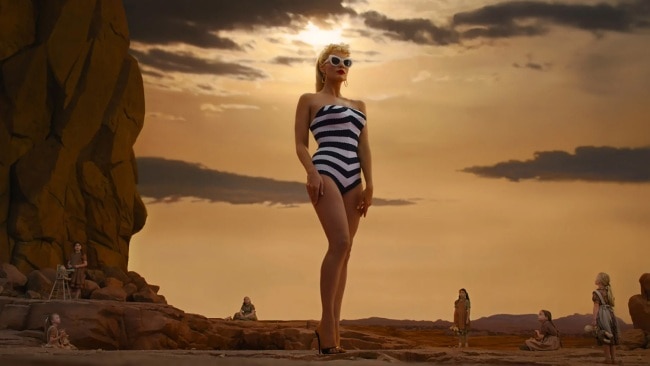How to spot a fake travel review
We have trust issues after finding out how many of the reviews on travel sites were written by bots.

We have trust issues after finding out how many of the reviews on travel sites were written by bots.
The travel industry is in a James Bond-esque cyberwar with fraudsters who use artificial intelligence and robots to write fake reviews for dodgy businesses.
Like cunning influencers buying followers, businesses too can purchase good reviews.
One out of 26 reviews submitted to TripAdvisor in 2020 were fraudulent. Tripadvisor, based in the US, has 1 billion reviews on its site. On Danish site Trustpilot, one in about 18 reviews submitted to its site in the same year were deemed fake. Can we no longer trust Trustpilot?
Tripadvisor Asia Pacific communications manager Krystal Hen said their “fight against fake reviews never stops."
"We’re constantly evolving our tactics to stay one step ahead of the fraudsters," she told The Australian.
Tripadvisor has published reviews from most, if not all, earthly locations accessible to humanity: Antarctica, 575 reviews; Mount Everest, 426 reviews; Timbuktu, 55; and the Albatross Bar on Tristan da Cunha, one of the most remote pubs on Earth, six.

But a spokesperson for the Australian Competition and Consumer Commission (ACCC) said platforms “are not doing enough to prevent, detect and remove fake reviews”.
How do you fake a travel review?
After a few one-star ratings due to a drainage problem in one of their chalets, Ski-tour operator Absolutely Snow got a call from a “lead generation” company claiming they had students in Brighton, England, who could make up reviews for £1 each. But you had to buy 5000 at a time.
They said no, but acknowledged bad reviews on Tripadvisor are “detrimental” to businesses and a “dirty war” of the democratic internet age. So, it's probably tempting for others.
Fake reviews are a tale as old as the internet but "lead generation" companies are getting more technologically savvy.
Chris Emmins runs KwikChex, a UK company that specialises in detecting fraudulent reviews, and says it’s “not hard for fraudsters to sidestep the systems”.
Often based in the Indian subcontinent or Indonesia, he said they are using Artificial Intelligence (AI) software to make grammatically-correct reviews in any language.
“It’s the same technology that’s being used to generate fake news. And the irony now is that some of their output becomes detectable (to KwikChex) only because it’s better articulated than genuine reviews,” Emmins said.
But that’s not the craziest part. Criminal gangs, who run phoney travel agencies and accommodation scams, need good reviews to then rip off their customers.
Here's some good advice from reputation and branding consultant Andy Beal: “Ignore both the one-star and the five-star reviews, especially if they were all published in a short period of time” and look for comments that provide personalised criticism or praise.
Then there's those who just don't take the reviews all that seriously.

Tasmania’s The Museum of Old and New Art (Mona) is even cashing in on their bad reviews. They have plastered the best ones on Tote bags and T-shirts, as well as on social media, Qantas seat backs, billboards and in cinemas. They are even turning some one-star reviews into an augmented reality filter on Instagram.
Highlights include: “Less talent than a chicken that’s walked in its own poop and spread it around”; “a whole lot of weird, sad stuff”; and “primarily gross artworks by artists with serious mental issues … still I guess it keeps them off the streets”.
With The Times.



